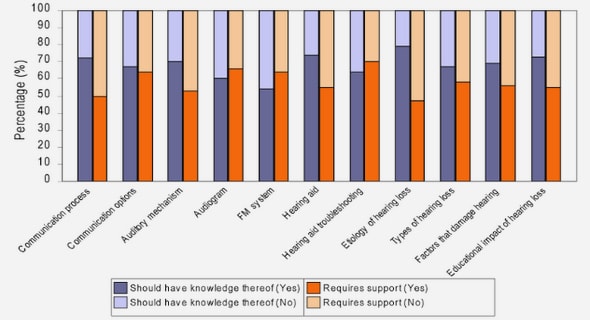(Downloads - 0)
For more info about our services contact : help@bestpfe.com
Table of contents
I Introduction
1 Context
1.1 The beginning of a new field: exoplanetology
1.2 Exoplanet detection and characterization techniques
1.3 Understanding planetary formation and searching for life outside of the Solar System
2 Space borne missions and ground based instruments for exoplanet science
2.1 Transits
2.2 Radial velocities
2.3 Imaging, coronagraphy and nulling interferometry
2.4 The case for μas astrometry
3 Astrometry, exoplanets and NEAT
3.1 Historical presentation of Astrometry
3.2 The recent developments
3.3 Exoplanet detection using astrometry
4 My contribution in the context of NEAT
4.1 NEAT mission: science case and optimization
4.2 NEAT lab demo
II NEAT mission
1 Presentation of NEAT
1.1 Principle of the pointed differential astrometric measure
1.2 Single epoch astrometric accuracy of NEAT
1.3 How NEAT reaches μas accuracy?
1.4 Error budget
2 Optimization of the number of visits per target
2.1 Description of the model
2.2 Numerical results
2.3 Discussion
3 Construction of the catalog of NEAT targets and references
3.1 The NEAT catalogs
3.2 Creation of the NEAT columns
4 Statistical analysis of the NEAT catalogs
4.1 Availability of reference stars
4.2 Astrometric signal in HZ versus stellar mass
4.3 Crossmatch with already known exoplanets
5 Allocation strategies and science yields
6 Conclusion
III NEAT lab demo: concept, specifications, design and test results 58
1 Foreword
2 High level specifications and concept
3 Specifications
3.1 Mechanical supports and environment
3.2 Detector/pixel specifications
3.3 Pseudo stars specifications
3.4 Metrology specifications
4 Critical design constraints
4.1 Nyquist sampling of pseudo stars and pupil size
4.2 Photometric relations
5 Design
5.1 Overview
5.2 Sub-systems
5.3 Baffles
5.4 Parameters and components summary
6 Compliance and tests
6.1 Photometric budgets
6.2 Diffraction limited PSF
6.3 Safe operation of the CCD: temperature and critical pressure
6.4 Mechanical and thermal stability
6.5 Individual components tests
6.6 CCD calibration results
6.7 Compliance table
IV NEAT lab demo: data analysis methods and simulations
1 Introduction
2 Data analysis: methods
2.1 Overview
2.2 Dark and flat fields
2.3 Metrology
2.4 Pseudo stars
3 Results on simulated data
3.1 Metrology
3.2 Pseudo stars
V NEAT lab demo: results and conclusions
1 Result on actual data
1.1 Dark and flat fields
1.2 Metrology
1.3 Pseudo stars
2 Conclusions on the data analysis
2.1 Metrology
2.2 Flat fields
2.3 Stray light
2.4 Centroids (plus corrections from flat and metrology)
VI Conclusions and perspectives
1 The NEAT/Theia mission concepts and the science case for μas astrometry
1.1 Results for the science case
1.2 The new mission concept: Theia
1.3 Future use of the catalog of targets and references
1.4 Improvements on the catalogs of targets and references and yield simulator
1.5 Near and mid-term perspectives in exoplanetology
2 The NEAT lab demo
2.1 General feedback on the project and teamwork aspects
2.2 Possible improvements for the NEAT lab demo
2.3 Lessons learned for the NEAT lab demo
2.4 Future applications of the NEAT demo experiment
3 After my PhD




